Admire the majesty of this impressive gate, surrounded by gardens filled with picnicking families, which sits at the head of India’s grand boulevard.
India Gate is India’s national monument, dedicated to the country’s fallen soldiers. During your visit, admire its impressive design, observe military parades and marching bands, or enjoy a family picnic on its lawns.
This 42-metre (138-foot) archway is a grand monument to the tens of thousands of Indian soldiers who died serving in the British Army in World War I. Observe a list of over 13,000 names inscribed into the monument’s stone. Under the arch, the Amar Jawan Jyoti (“Eternal Flame”) commemorates the lives of unknown soldiers who died in various battles.
See the India Gate around nightfall and watch it spectacularly illuminated by spotlights. The surrounding parks are very popular in the evenings, attracting families who enjoy picnics or games of Frisbee amongst the fountains and gardens. If you don’t have your own picnic, purchase a snack at a local street vendor. Amongst many selections, try fruit chaat, a sweet fruit and potato dish, or bhelpuri, a spiced rice and vegetable meal.
Pass through the India Gate to find yourself on Rajpath (King’s Way), a ceremonial boulevard lined with trees. Walk from the India Gate along the boulevard and enjoy views of Rashtrapati Bhavan, the official residence of India’s president. The residence’s beautiful Mughal Gardens are open to the public at certain times of year. Wander its manicured landscape of fountains, hedges and flowerbeds. Visiting times can be found on the residence’s official website.
Visitors in January can watch the celebrations of Republic Day, held around the India Gate and Rajpath. This festivity features a 21-gun salute and rousing performances by the marching bands of India’s military regiments. Spot the camel-mounted regiment passing by during the Republic Day Parade. After two days of celebrations, marching bands perform the Beating Retreat ceremony to signal the end.
Find the India Gate in central New Delhi. Get there using public transportation or walk from the nearby metro station. There is no cost for entry to the grounds or the gate.
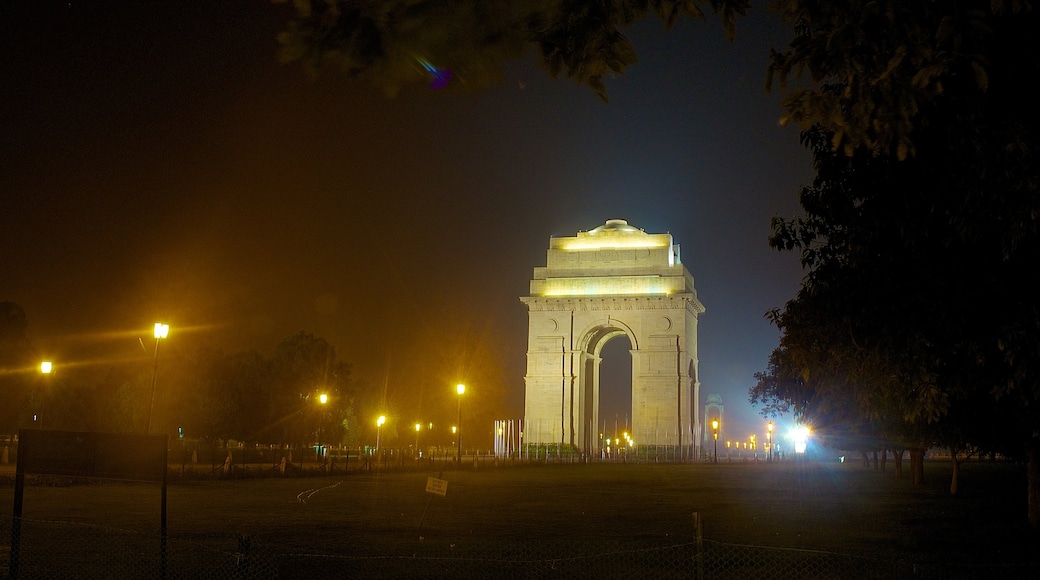




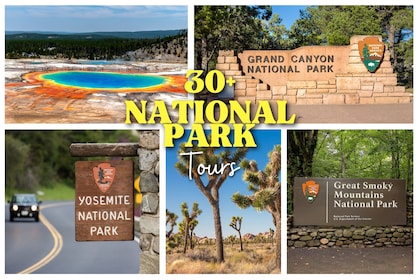
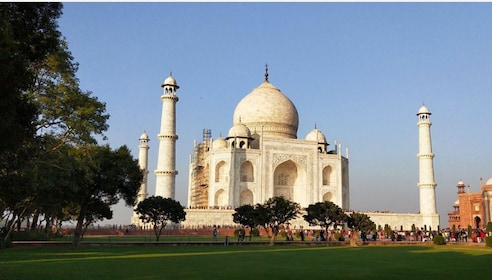
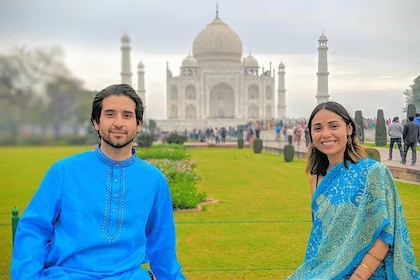


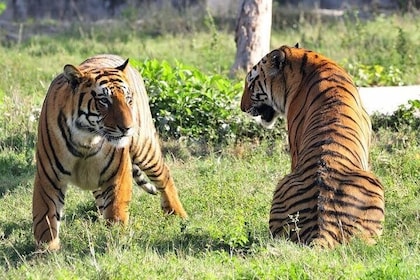
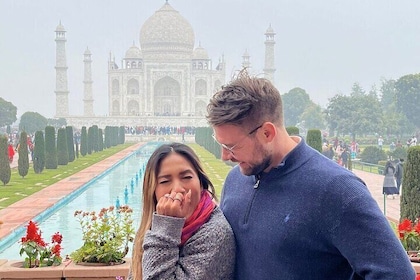

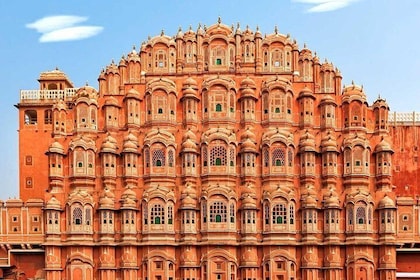



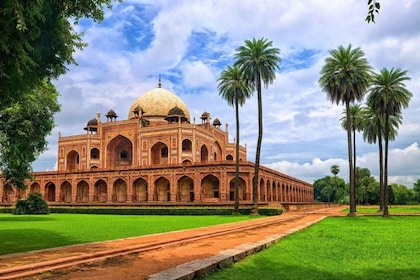

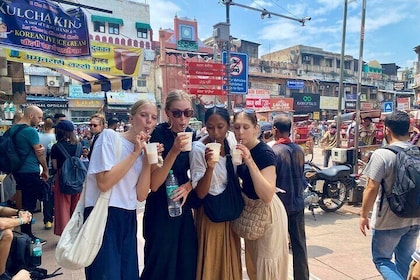

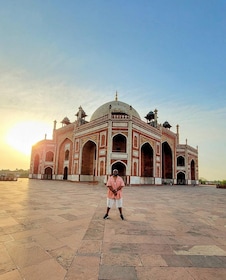

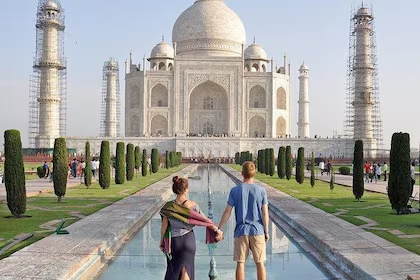
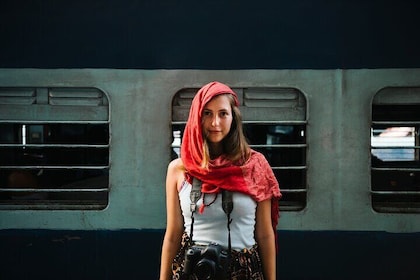
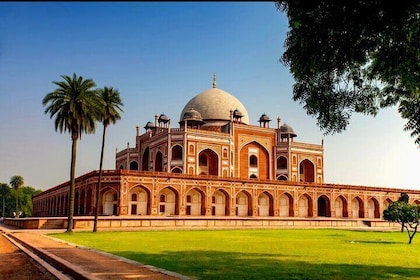
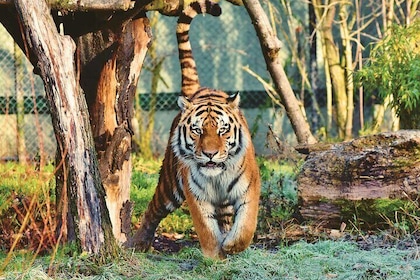

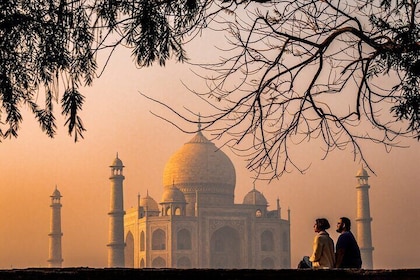
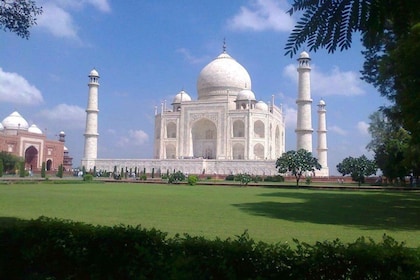
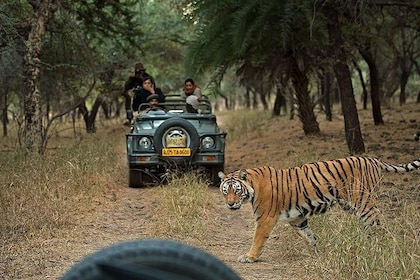
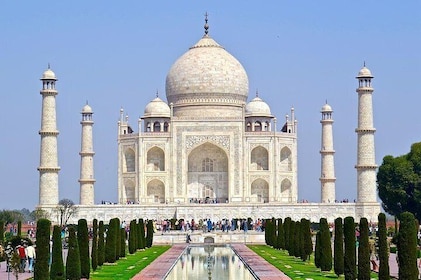
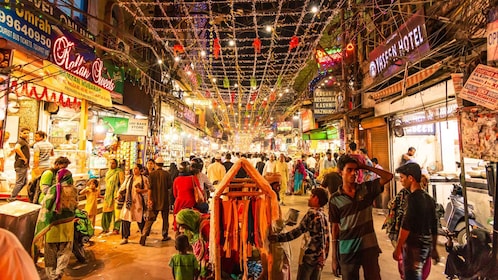


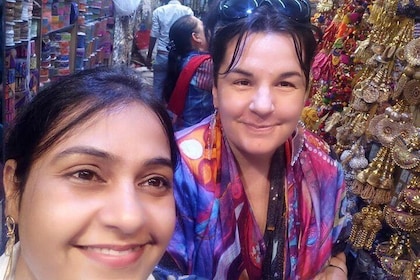

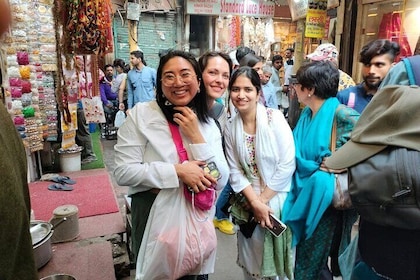
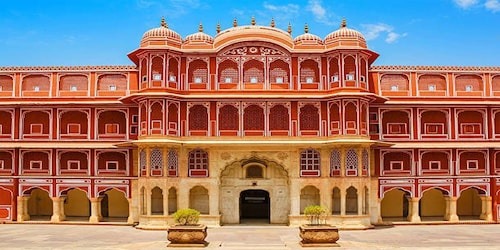

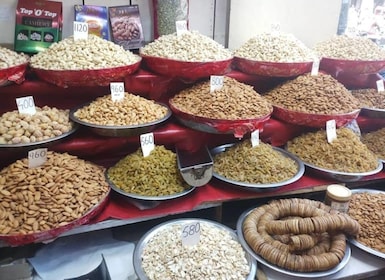
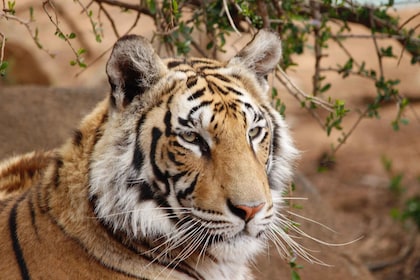


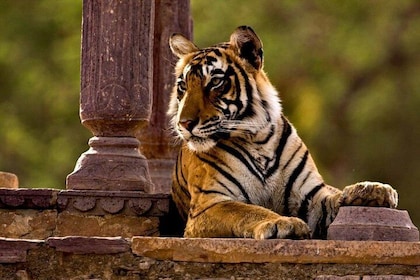

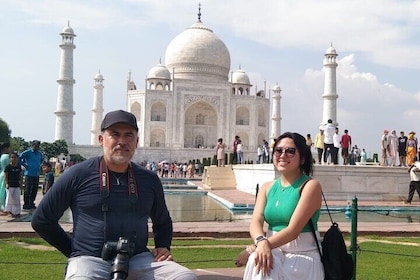
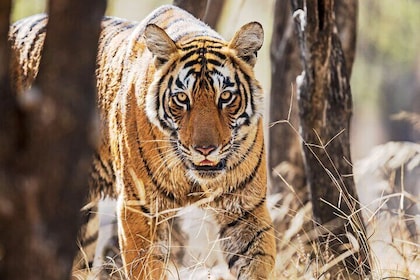
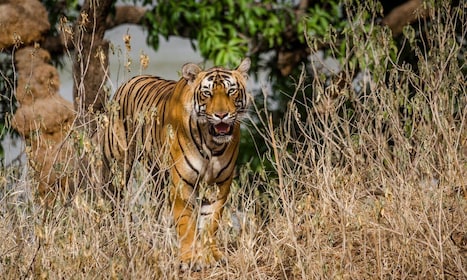
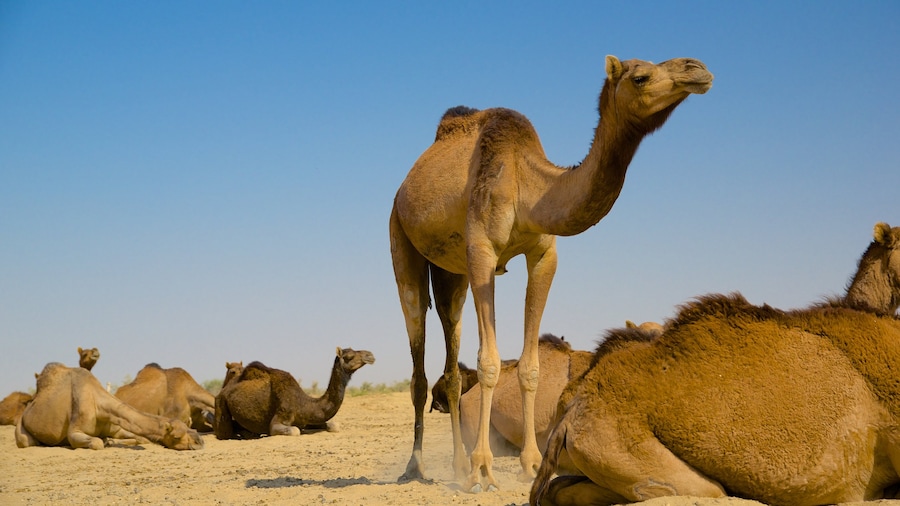
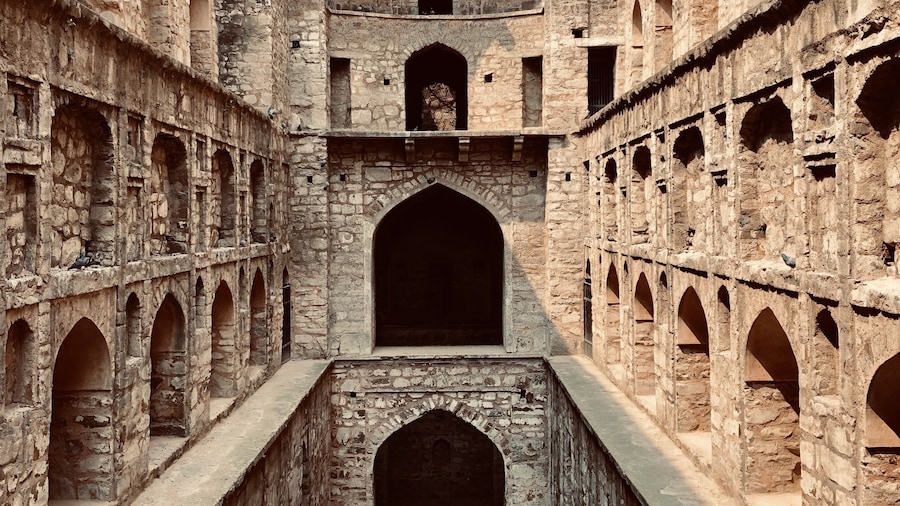









 Calendar Month
Calendar Month Temperature
Temperature Precipitation
Precipitation Cloudiness
Cloudiness Occupancy
Occupancy Pricing
Pricing